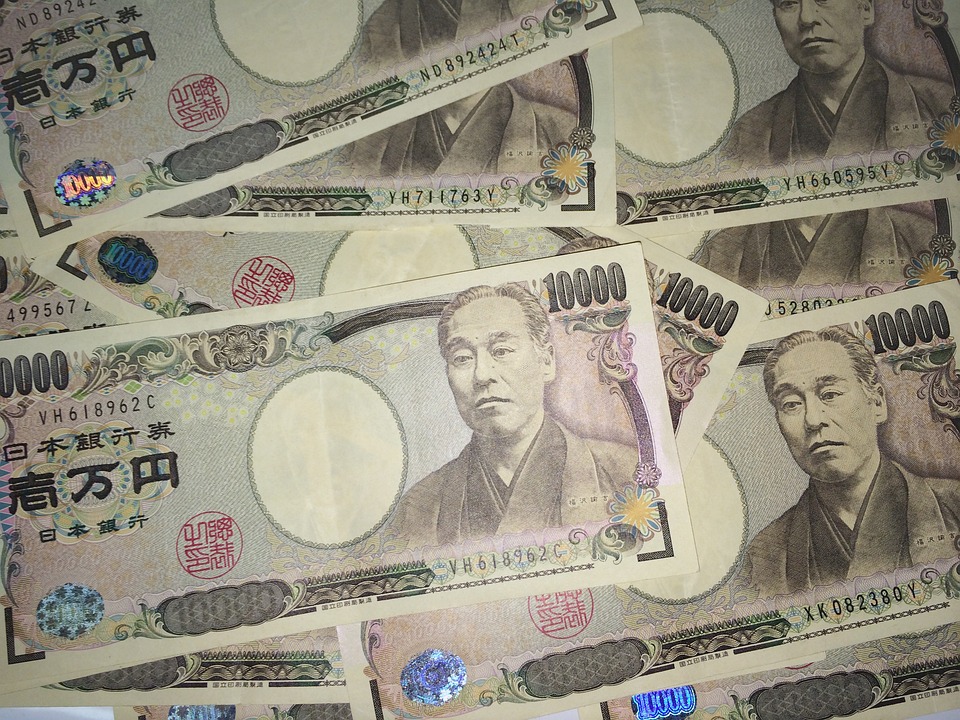Yen 2023 Outlook

Image Source: Pixabay
The yen had a pretty active year, and it looks like next year is shaping up to have plenty of volatility as well. In 2022, most of the year was dominated by a weakening yen as central banks around the world raised rates, while the BOJ kept its extraordinary easing in place.
The yen got so weak that the Japanese government stepped in, ordering the BOJ to intervene to stop its fall on at least two occasions. There was rampant speculation that the BOJ and the Fed would partner to prevent the currency from sliding. Then, the situation stabilized. Inflation started to creep up, and it looked like the Fed is getting near the end of its hiking cycle.
The shock that keeps reverberating
It was almost the end of the year when the BOJ shocked markets by widening the yield curve control corridor, effectively allowing bond rates to rise. This precipitated the largest drop in the dollar yen in decades. The BOJ argued that it was a technical adjustment, and it didn’t amount to a change in policy.
But, since Japan has had negative rates for so long, the small change was seen as a precursor to events that could unfold through the course of 2023. That was the largest driver of strength in the yen and could be the theme for the coming months.
What’s coming up
One of the reasons that the move had such a large impact is that it was one of the policies recommended by Kuroda’s most likely replacement. The governor will step down in April at the end of his term, and the new governor is expected to take a more hawkish stance. According to a book published earlier this year by Kuroda’s likely successor, the first measure towards policy normalization would be what has already taken place: widening the YCC range.
The next steps would be to remove YCC altogether, then raise rates by 25bps, the first in decades. Many economists are now forecasting that this will happen in the course of the coming year. In fact, one of the first measures of the new governor might be to remove yield curve control at his first meeting in April.
It’s not just up to Japan
Inflation has been creeping up in Japan, mostly driven by external factors, such as supply chains and higher energy costs. The weaker yen also contributed to higher domestic prices. If the BOJ were to move away from its extraordinary dovish stance, the stronger yen could help alleviate some of the inflationary pressure. That means that the markets could be, once again, getting ahead of themselves.
While the BOJ is moving to be a little more aggressive, other central banks might be running out of rate hikes. In other words, the yen has reason to get stronger, while other currencies, particularly the dollar, have reason to continue to get weaker. This could put the USDJPY on course to retrace a substantial portion of its move from this year.
More By This Author:
GBPUSD: The Bears Headed For The Previous Low
Intraday Market Analysis – XAU Holds Onto Gains
EURUSD: A Deep Correction Tends To 1.090
Disclaimer: Orbex LIMITED is a fully licensed and Regulated Cyprus Investment Firm (CIF) governed and supervised by the Cyprus Securities and Exchange Commission (CySEC) (License Number ...
more


